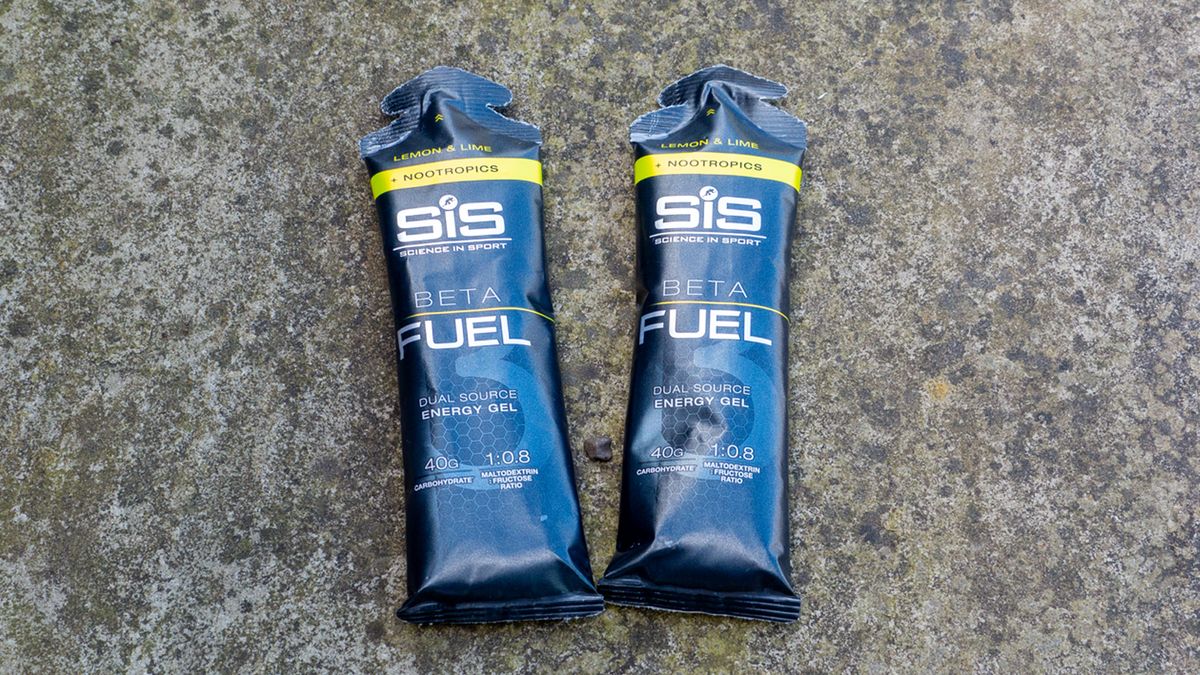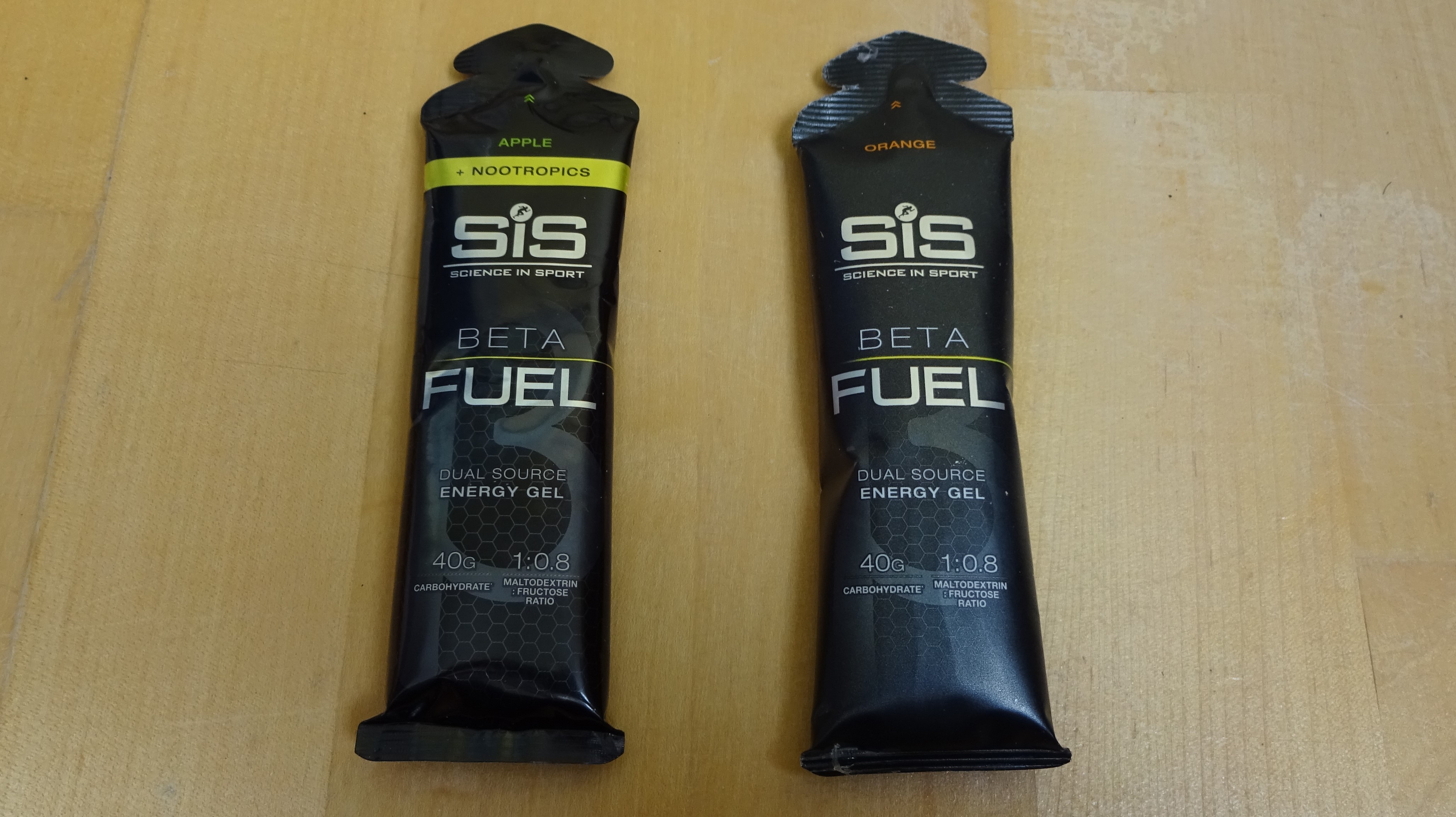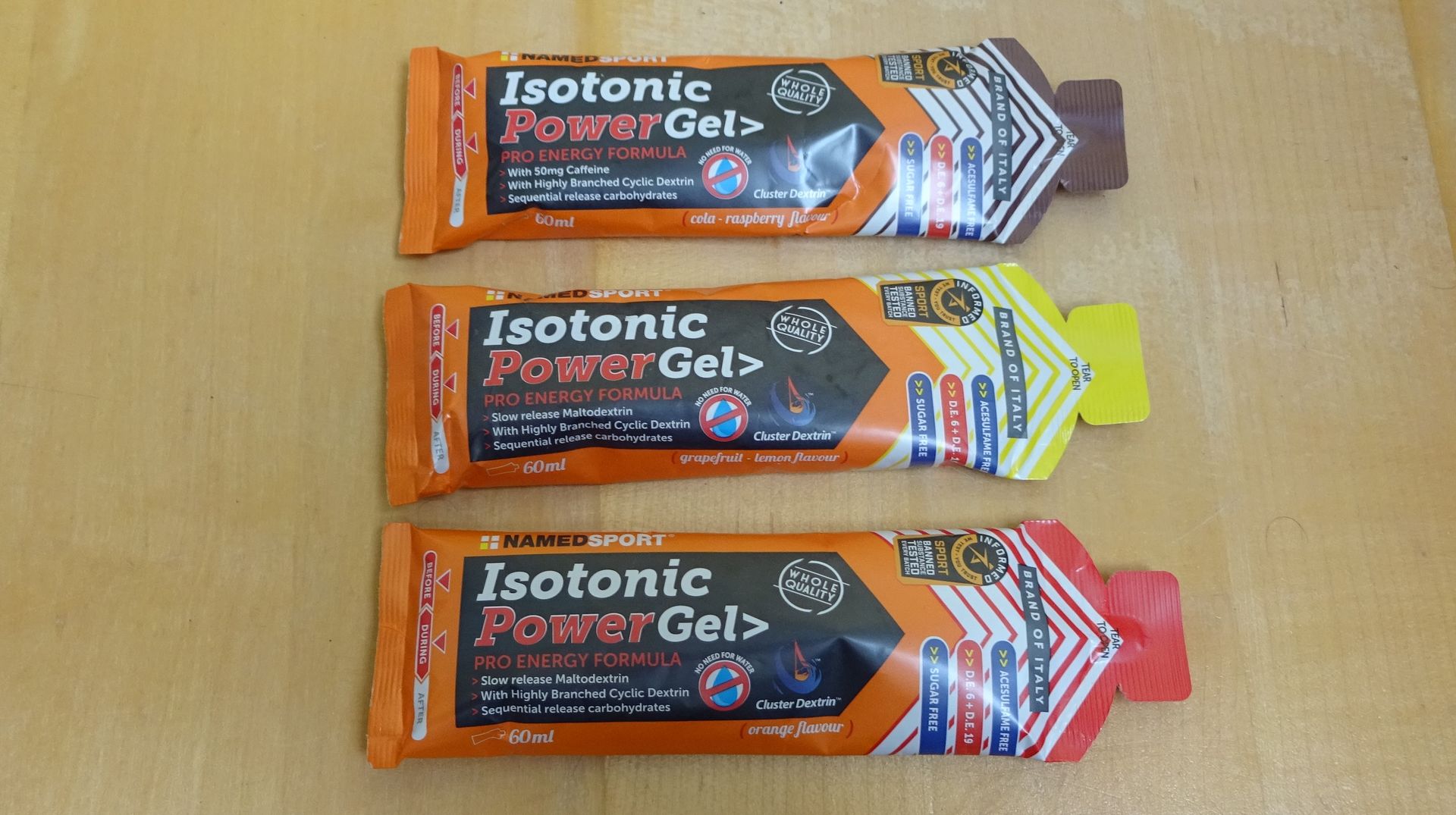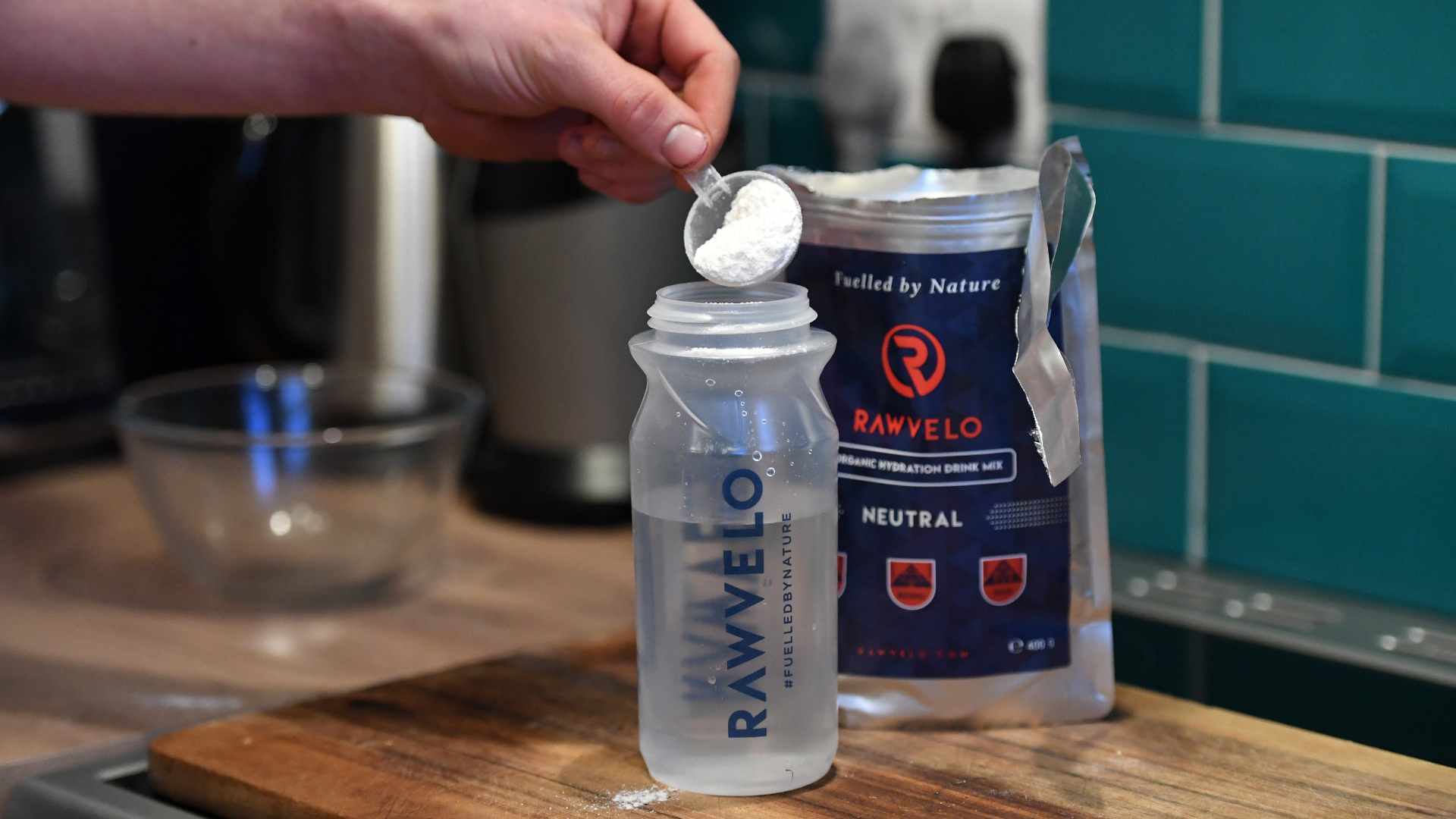Fueling Your Ride: Why Energy Gels Matter
When it comes to cycling, finding the best energy gel for cycling can be a game-changer. Energy gels have become an essential component of many riders’ fueling strategies, providing a quick energy boost to help cyclists power through challenging terrain, delay fatigue, and enhance overall performance. In fact, many professional cyclists rely on energy gels to get them through grueling stages of grand tours and other high-intensity events. But what makes energy gels so effective, and why are they a crucial part of a cyclist’s arsenal? For starters, energy gels are designed to provide a rapid influx of carbohydrates, which are then converted into energy to fuel the muscles. This is especially important during high-intensity exercise, when the body’s energy stores are depleted quickly. By consuming an energy gel, cyclists can replenish their energy reserves and maintain a high level of performance. Additionally, many energy gels contain electrolytes, which help regulate the body’s hydration levels and prevent dehydration. This is particularly important for cyclists who may be riding in hot or humid conditions, where dehydration can quickly become a serious issue. Overall, energy gels play a critical role in helping cyclists optimize their performance and achieve their goals. By understanding how energy gels work and when to use them, cyclists can gain a competitive edge and take their riding to the next level.
What to Look for in a Cycling Energy Gel
When selecting the best energy gel for cycling, there are several key factors to consider. With so many options available, it’s essential to understand what sets one energy gel apart from another. Here are the critical components to look for in a cycling energy gel: carbohydrate content, electrolyte levels, and caffeine presence. Carbohydrates are the primary source of energy for cyclists, so it’s crucial to choose an energy gel that provides a sufficient amount of carbs. Look for energy gels that contain a mix of simple and complex carbohydrates, such as sugar, glucose, and fructose, which can be easily digested and absorbed by the body. Electrolytes, such as sodium and potassium, are also vital for maintaining proper hydration levels and preventing dehydration. Energy gels that contain electrolytes can help cyclists replenish what’s lost through sweat and maintain optimal performance. Caffeine is another important ingredient to consider, as it can provide an additional energy boost and enhance mental focus. However, be mindful of the amount of caffeine in an energy gel, as excessive consumption can lead to negative side effects. By considering these key factors, cyclists can choose the best energy gel for their specific needs and optimize their performance on the bike.
How to Choose the Best Energy Gel for Your Cycling Needs
Selecting the best energy gel for cycling can be a daunting task, especially with the numerous options available on the market. However, by considering a few key factors, cyclists can determine the right energy gel for their individual needs and optimize their performance on the bike. One of the most critical factors to consider is the distance and intensity of the ride. For shorter, high-intensity rides, a energy gel with a higher carbohydrate content may be beneficial, while longer, endurance rides may require a gel with a more balanced mix of carbs and electrolytes. Additionally, personal preferences, such as flavor and texture, should also be taken into account. Some cyclists may prefer a thicker, more gel-like consistency, while others may prefer a thinner, more liquid-like texture. Furthermore, cyclists with specific dietary needs or restrictions, such as gluten-free or vegan, should look for energy gels that cater to their requirements. By considering these factors, cyclists can choose the best energy gel for their unique needs and ensure they’re fueling their body for optimal performance. Whether you’re a professional cyclist or a recreational rider, finding the right energy gel can make all the difference in achieving your cycling goals. By doing your research and selecting the best energy gel for cycling, you can power your pedals with confidence and take your riding to the next level.
Clif Shot vs. Gu Energy: A Comparison of Top Brands
When it comes to choosing the best energy gel for cycling, two popular brands often come to mind: Clif Shot and Gu Energy. Both brands have been trusted by cyclists for years, but they have distinct differences that set them apart. Clif Shot energy gels are known for their organic ingredients and variety of flavors, making them a popular choice among cyclists who prioritize natural ingredients. They also offer a range of products, including energy gels with caffeine and without, to cater to different cycling needs. On the other hand, Gu Energy gels are renowned for their high-performance formula, which provides a rapid energy boost and electrolyte replenishment. They also offer a range of products, including energy gels with branched-chain amino acids (BCAAs) and other performance-enhancing ingredients. When it comes to carbohydrate content, Clif Shot energy gels typically contain a mix of simple and complex carbs, while Gu Energy gels contain a more concentrated dose of simple carbs for rapid energy release. Ultimately, the choice between Clif Shot and Gu Energy depends on individual cycling goals and preferences. If you’re looking for a more natural, organic energy gel with a range of flavors, Clif Shot may be the best energy gel for cycling. However, if you’re seeking a high-performance energy gel with advanced ingredients, Gu Energy may be the better choice. By understanding the unique features and benefits of each brand, cyclists can make an informed decision and choose the best energy gel for their specific needs.
The Science Behind Energy Gel Ingredients
When it comes to choosing the best energy gel for cycling, understanding the science behind the ingredients is crucial. Energy gels are designed to provide a rapid energy boost, delay fatigue, and enhance performance. But how do they achieve this? The answer lies in the combination of carbohydrates, electrolytes, and caffeine. Carbohydrates are the body’s primary source of energy, and energy gels typically contain a mix of simple and complex carbs. Simple carbs, such as glucose and fructose, are quickly absorbed by the body, providing a rapid energy boost. Complex carbs, such as maltodextrin, are broken down more slowly, providing a sustained energy release. Electrolytes, including sodium, potassium, and calcium, are essential for maintaining proper hydration and nerve function. During intense exercise, electrolytes are lost through sweat, and replenishing them is critical to prevent dehydration and muscle cramping. Caffeine, a stimulant found in many energy gels, helps to increase alertness and focus, while also enhancing fat metabolism and reducing perceived exertion. The optimal ratio of carbohydrates to electrolytes to caffeine varies depending on individual cycling goals and needs. For example, a cyclist competing in a high-intensity event may require a energy gel with a higher caffeine content, while a cyclist embarking on a long, endurance ride may prefer a gel with a more balanced mix of carbs and electrolytes. By understanding the science behind energy gel ingredients, cyclists can make informed decisions about the best energy gel for their specific needs and optimize their performance on the bike.
Energy Gel Alternatives: Exploring Other Fueling Options
While energy gels are a popular choice among cyclists, they may not be the best option for every rider. Fortunately, there are several alternative fueling options available, each with their own unique benefits and drawbacks. Energy bars, for example, provide a more sustained energy release and can be a convenient option for longer rides. However, they can be bulky and may not be as easily digestible as energy gels. Energy chews, on the other hand, offer a similar convenience to energy gels but with a more solid texture. They can be a good option for riders who prefer a more substantial snack. Energy drinks, such as sports drinks or coconut water, provide a quick source of hydration and electrolytes, making them ideal for high-intensity rides or hot weather conditions. When choosing an alternative fueling option, it’s essential to consider individual cycling goals and needs. For example, a cyclist competing in a long-distance event may prefer energy bars or chews for their sustained energy release, while a cyclist embarking on a high-intensity interval workout may opt for an energy drink for its rapid hydration and electrolyte replenishment. Ultimately, the best energy gel for cycling may not be a gel at all, but rather a combination of different fueling options tailored to individual needs. By exploring alternative fueling options, cyclists can optimize their performance and find the best fueling strategy for their unique needs.
Real Cyclists, Real Results: Energy Gel Reviews and Testimonials
When it comes to choosing the best energy gel for cycling, there’s no better source of information than real cyclists who have used them. We’ve gathered testimonials from cyclists who have relied on energy gels to fuel their rides, and their experiences can provide valuable insights for anyone looking to optimize their performance. For example, professional cyclist, Rachel, swears by Clif Shot energy gels for their quick energy boost and ease of digestion. “I’ve tried several energy gels, but Clif Shot is the only one that doesn’t upset my stomach,” she says. “It’s a game-changer for long rides.” Recreational cyclist, John, prefers Gu Energy gels for their caffeine kick and electrolyte replenishment. “I was skeptical at first, but after using Gu Energy gels, I noticed a significant improvement in my endurance and recovery,” he says. These testimonials highlight the importance of finding the right energy gel for individual cycling needs. By considering factors such as carbohydrate content, electrolyte levels, and caffeine presence, cyclists can choose the best energy gel for their specific goals and preferences. Whether you’re a professional cyclist or a weekend warrior, energy gels can be a valuable tool in your fueling arsenal. By listening to the experiences of real cyclists, you can make an informed decision about the best energy gel for cycling and take your performance to the next level.
Optimizing Your Energy Gel Strategy for Peak Performance
To get the most out of energy gels and achieve peak performance, it’s essential to develop a well-planned fueling strategy. This involves considering factors such as timing, dosage, and combination with other fueling sources. For example, consuming an energy gel 30-60 minutes before a high-intensity ride can help top off energy stores and delay fatigue. During long rides, taking an energy gel every 30-45 minutes can help maintain energy levels and prevent bonking. It’s also important to consider individual energy needs and adjust dosage accordingly. For instance, a cyclist competing in a long-distance event may require more energy gels than a recreational rider embarking on a shorter ride. Additionally, combining energy gels with other fueling sources, such as energy bars or sports drinks, can provide a more sustained energy release and support overall performance. By optimizing energy gel use and developing a personalized fueling strategy, cyclists can unlock their full potential and achieve peak performance. Whether you’re a professional cyclist or a weekend warrior, finding the best energy gel for cycling and using it effectively can make all the difference in your ride.









